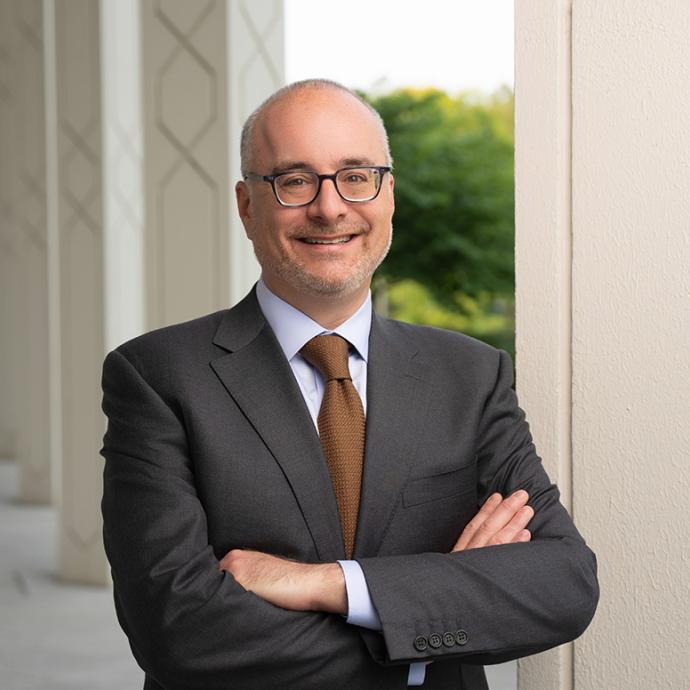Neutrinos, ghostly fundamental particles that are famously difficult to study, could provide scientists with clues about the evolution of the universe.
They are so difficult to catch, in fact, that it’s possible there’s a fourth type that’s been hiding right under our noses for decades.
Scientists at the UChicago-affiliated Fermi National Accelerator Laboratory, site of the most extensive neutrino research in the world, are leading an international collaboration to explore the possibility of a completely new particle. Although three types of neutrino are known, scientists are searching for a possible fourth—the sterile neutrino, whose existence has been teased but never clearly confirmed.
Major components for the new neutrino experiment are arriving from around the world to be integrated into the upcoming Short-Baseline Near Detector, or SBND, at Fermilab.
“The short-baseline program aims to address interesting results from previous experiments that could be hinting at a new class of neutrinos, which would open up a completely new, unexpected area in neutrino physics,” said David Schmitz, SBND co-spokesperson and assistant professor of physics at the University of Chicago. “But no matter what we find, the results should give us clarity on this long-standing puzzle.”
At Fermilab, located about 45 miles west of Chicago, three detectors perch along a beam of neutrinos generated by Fermilab’s particle accelerators. Of the three, the new detector will sit closest to the beam source, just 360 feet away. (The other two, MicroBooNE and ICARUS, are 1,500 feet and 2,000 feet from the source, respectively.)










 —Prof. Kunle Odunsi
—Prof. Kunle Odunsi
